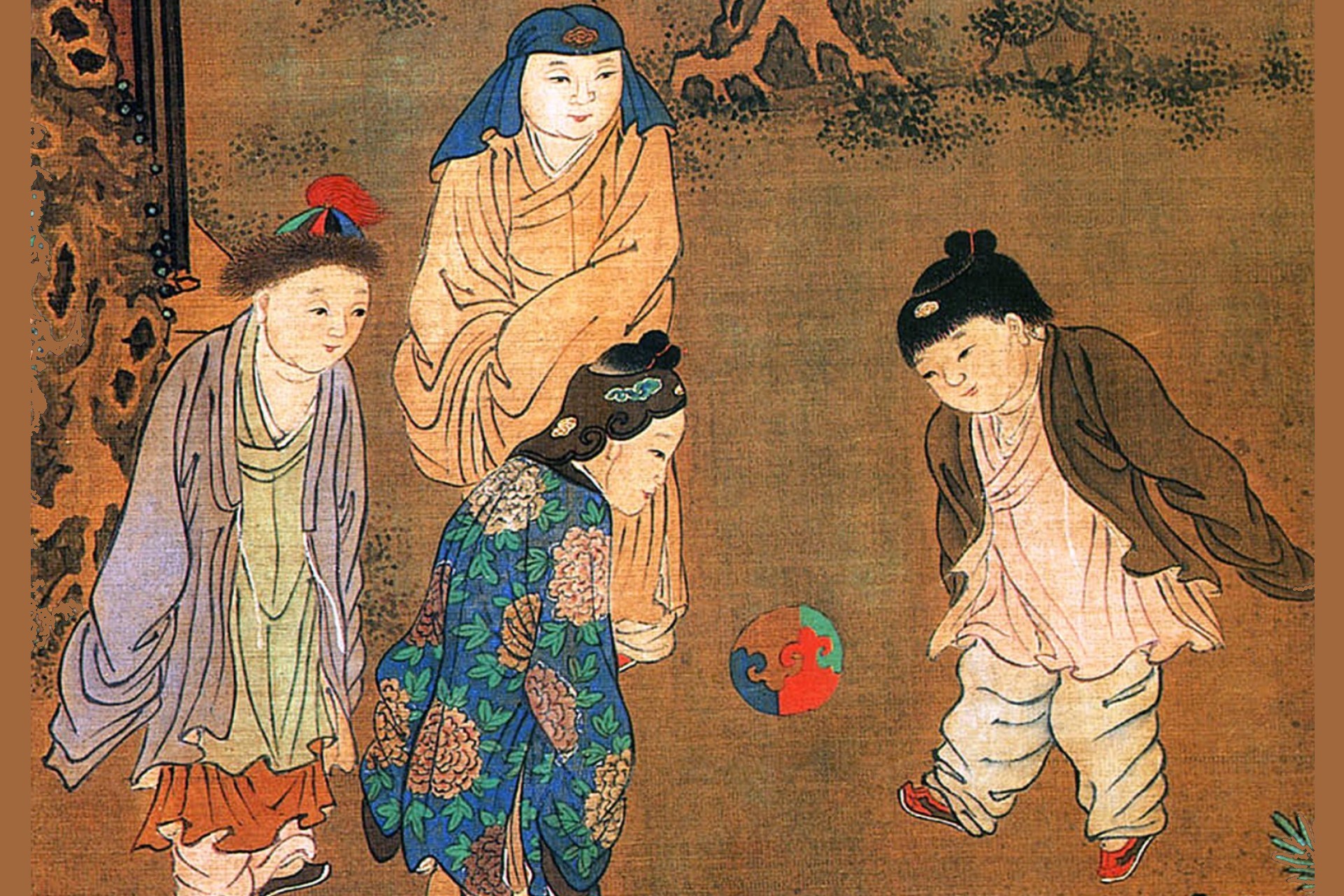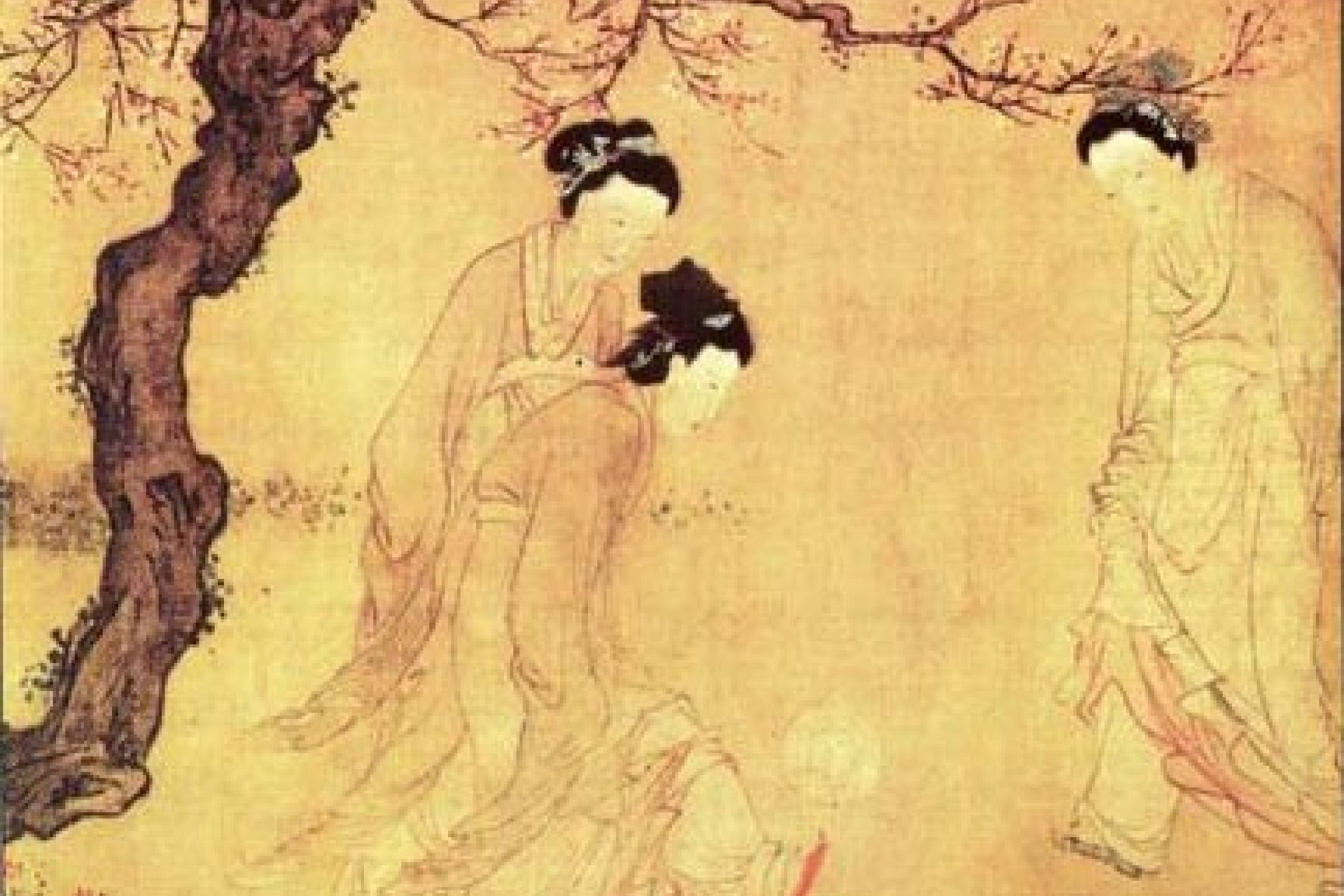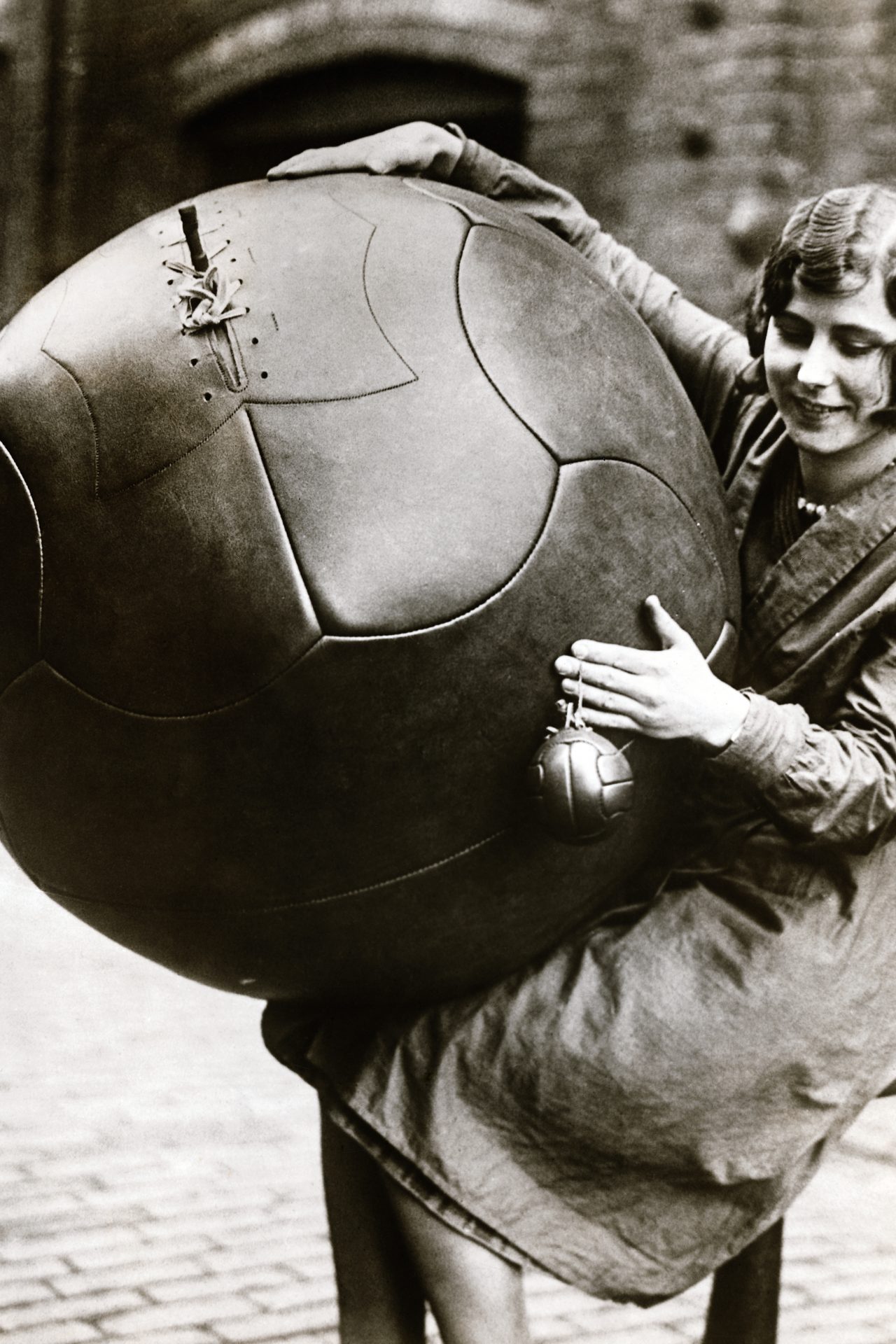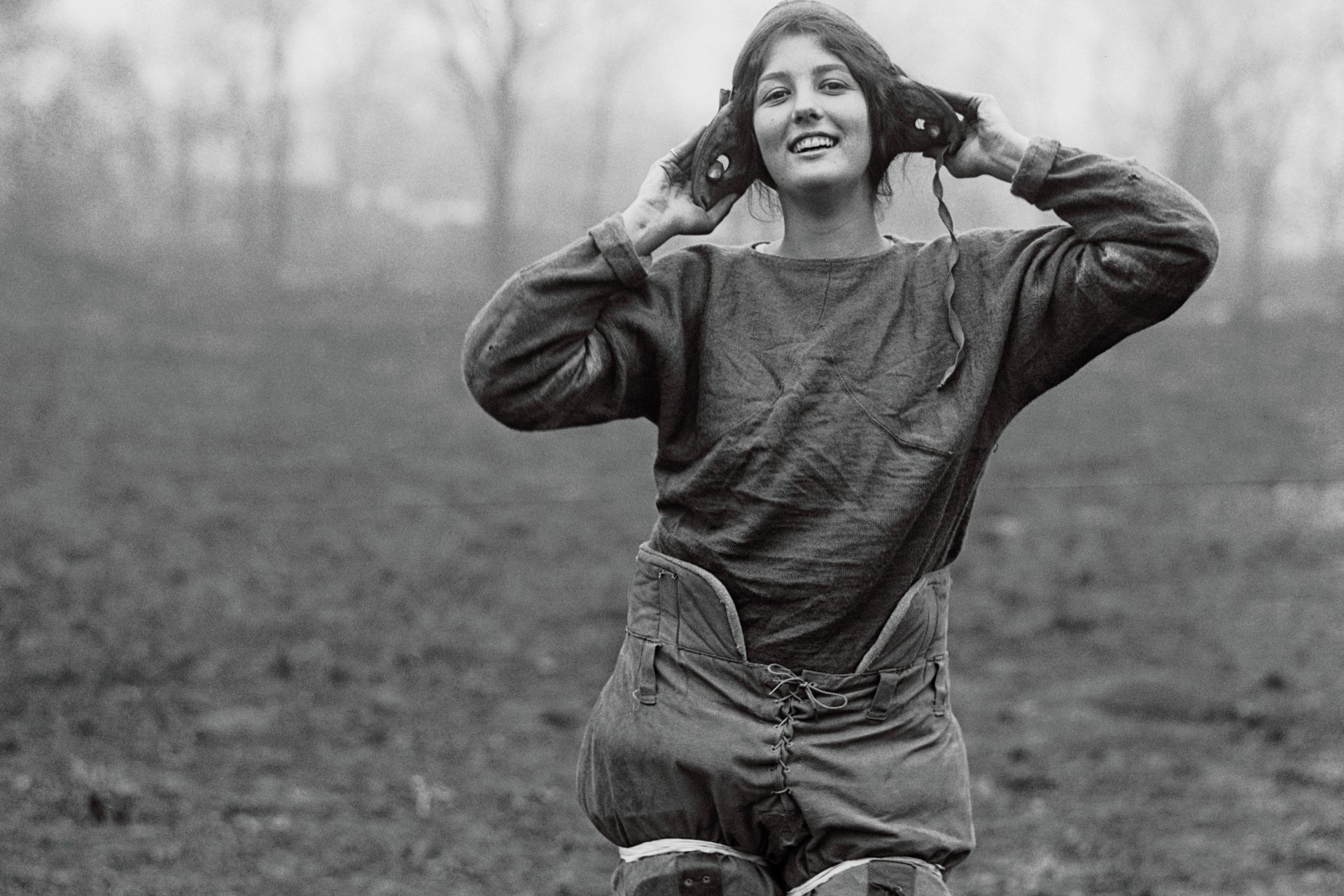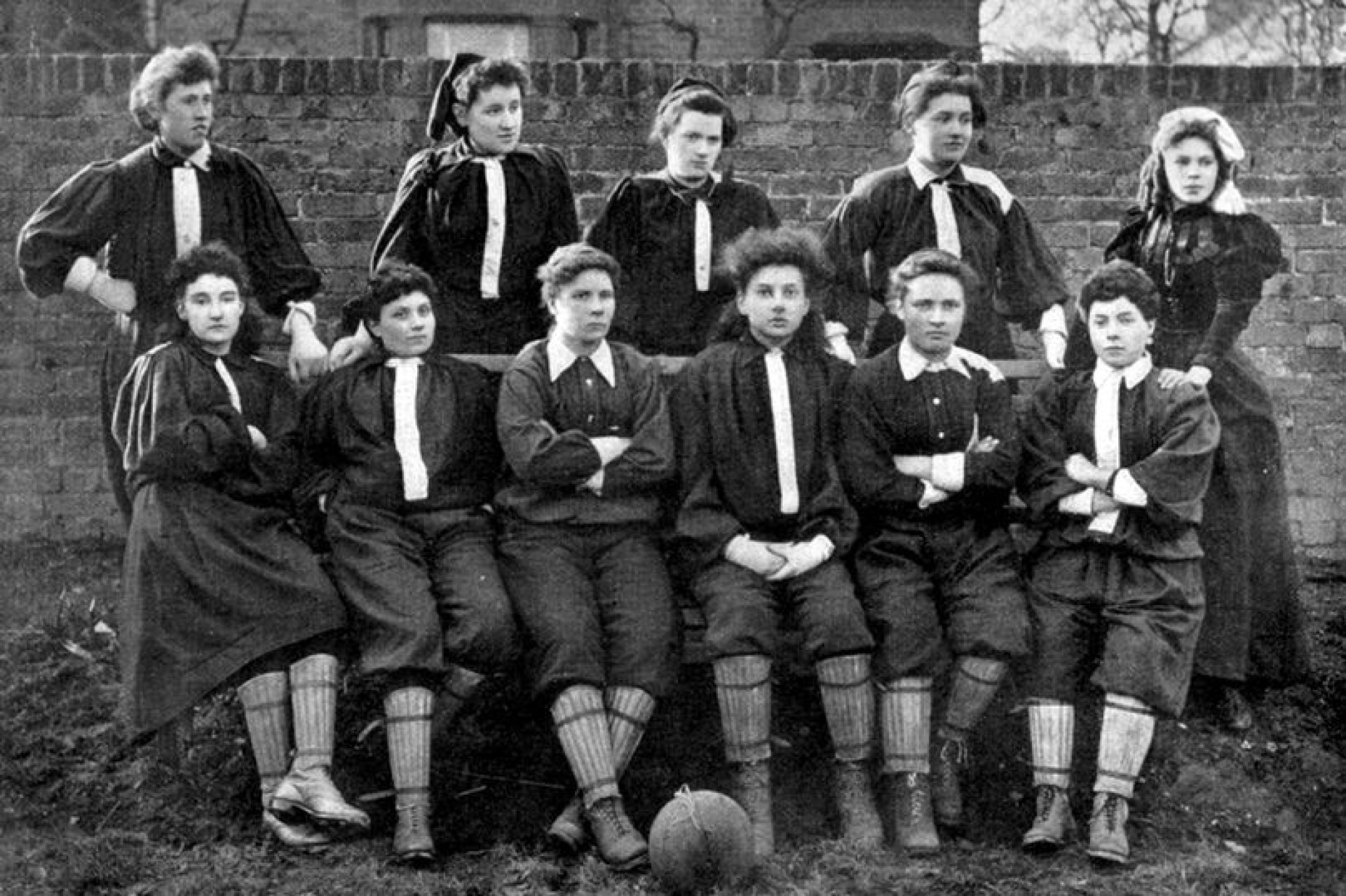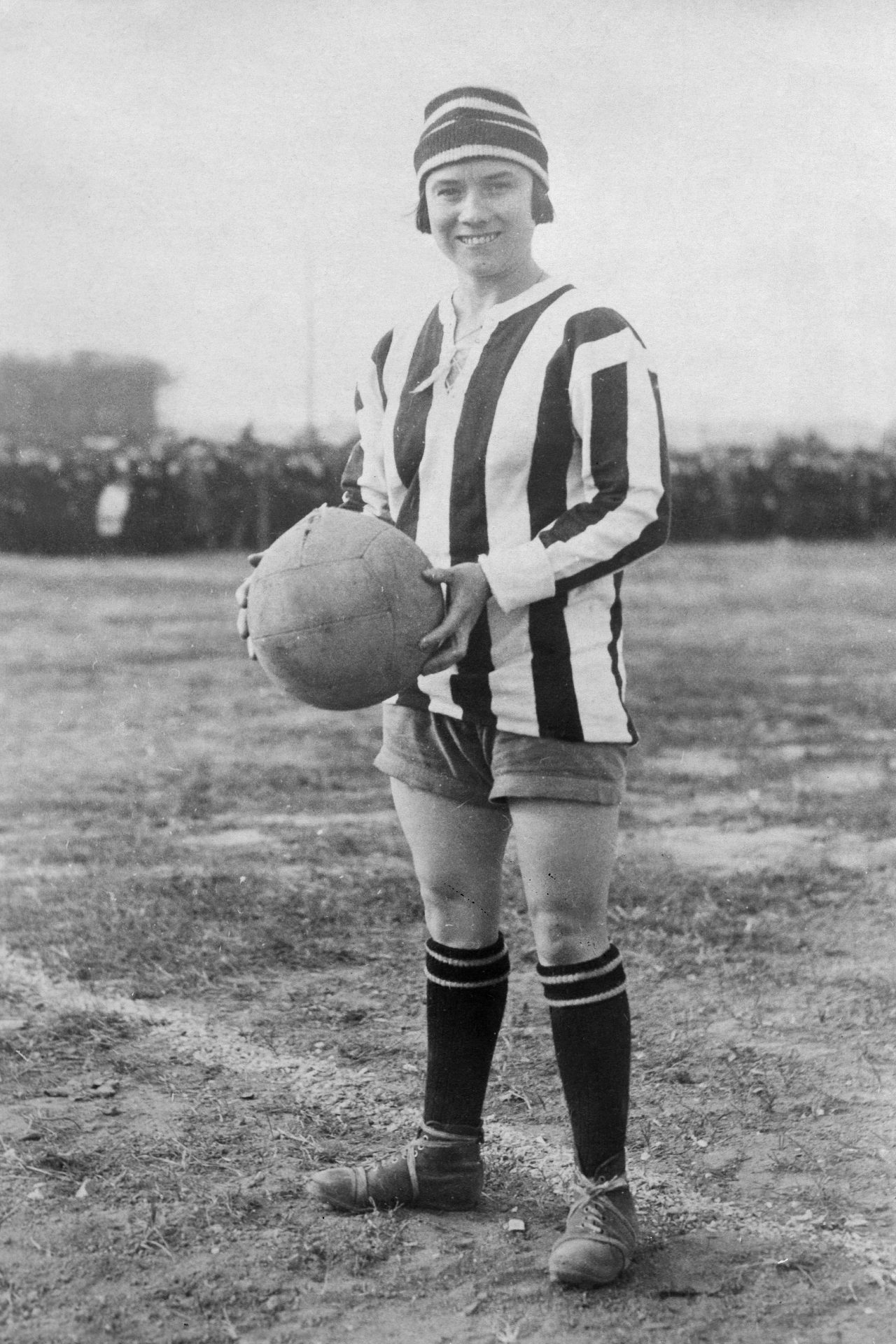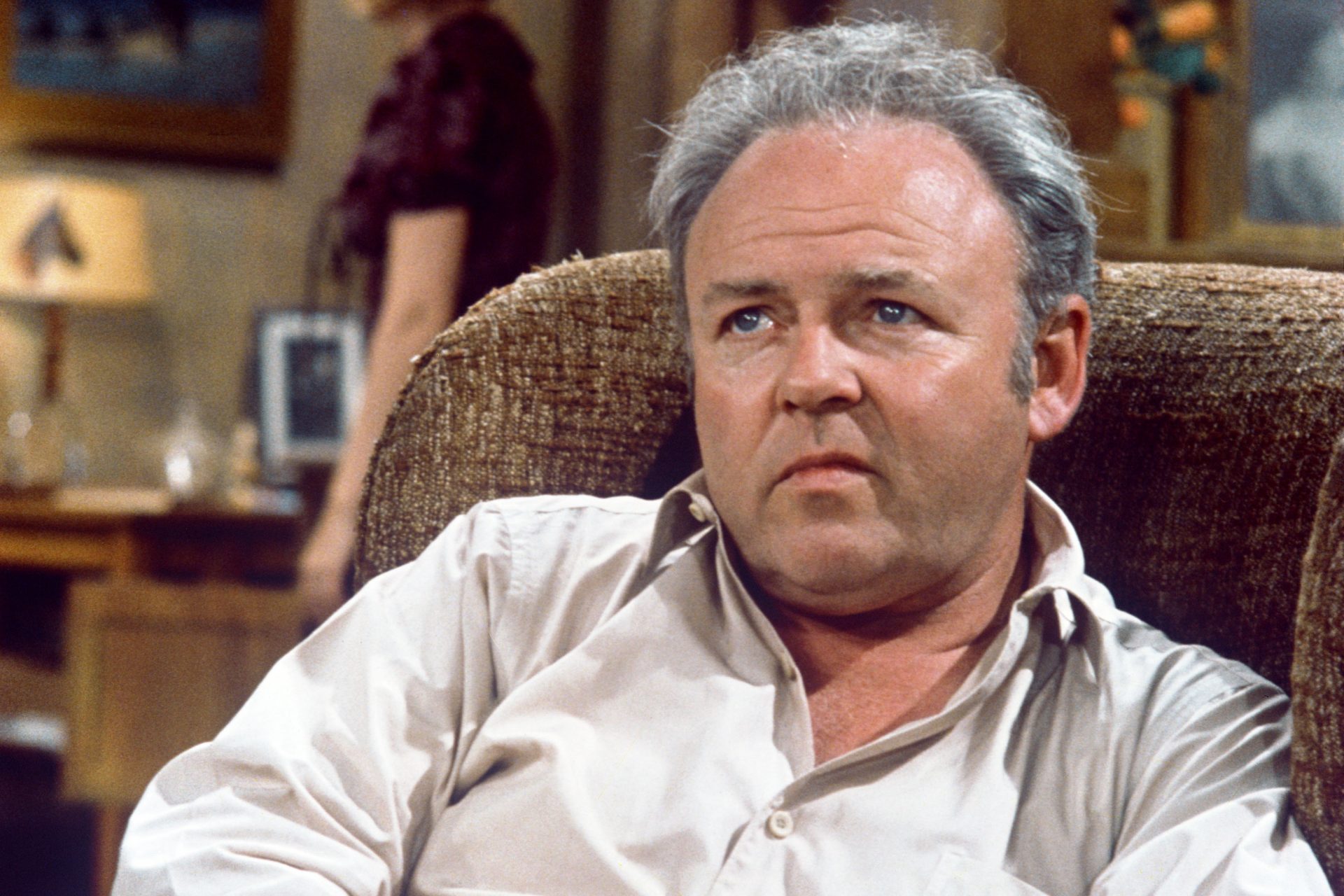Amazing pictures from the history of women's football
Many of us tend to think that women's soccer might be a discipline that started in Europe. However, historians date it back to China during the Han Dynasty.
During the Han dynasty (206 BC–AD 220), Cuju, or Tsu Chu, became a very popular discipline among royal courts and upper classes. It basically consisted of kicking a ball into a net without the use of one's hands. Sounds familiar, doesn't it?
Photo: Ming Dynasty painting by Du Jin, Public Domain / Wikipedia
Fast forward to Victorian Great Britain, the second half of the nineteenth century. Women wanted to play football but it was frowned upon, JSTOR Daily recounts.
The sport was forbidden for women for having a 'violent nature.' In 1863, some norms were established for the game, with the aim of reducing violence on the playing field.
Scots believe that the first women's football match took place in Glasgow in 1892. They have no definite proof of being the first, but they do have this photo from 1895 in the records of The Scottish Football Association.
Image: womenshistoryscotland.org
Another archival document suggests that the first match was played on March 23, 1895, in London, and that it was organized by the British Ladies Football Club. It had been founded by Nettie Honeyball (pictured), a women's rights activist. She was present on the field as captain of the North team, which won 7-1 against the South.
The 19th century saw the birth of the first feminist movement. Suffragettes fought for the right to vote and much more freedoms. They began to circumvent the cultural machismo surrounding soccer and make women's football more established.
In the 1910s and 1920s, women in several Western countries indeed got the vote. And some got to play soccer too! One of the pioneers in women's football is J. Harris, the best player on the 1920 England women's soccer team.
During the First World War, men left their homes to fight. Meanwhile, women left their exclusive role as housewives and went to work in factories. The need for manpower gave them the opportunity to do men's work.
Women working in British factories organized football teams in the same way that factory workers had done until then. The population's need for fun to alleviate the horrors of the First World War made women's football a popular pastime. It was now much more accepted as cultural phenomenon.
By the time the War ended, customs had changed, but the English Football Association refused to admit women on the field. In response, female soccer players founded the English Ladies Football Association and continued to play their game. However, they were forced to use rugby fields and other sports venues.
Historians tend to agree that, with the 1966 World Cup in England, football became a worldwide phenomenon. It was also the moment when women's football began to rise again.
The second wave of feminism in the late 60s boosted their calls for equal rights, both on and off the field. In 1969, the English Football Association finally accepted women's teams into the sport.
In 1971, UEFA admitted women's football too. Meanwhile, women's championships began to emerge in several countries, with Japan and the United States as the pioneers. The first UEFA European women's tournament was held in 1982 and the winning team was Sweden.
In 1992, the first Women's World Cup was held. From then on, the sport became a worldwide phenomenon. Since 1996, the Olympics have also included women's football.
Despite all these achievements, football is still a men's world. Women make a lot less money playing the game; an inequality that stars like Megan Rapinoe are trying to correct.
In addition, women also have to deal with cultural machismo in the organization of the sport. For example, when he was FIFA president, Joseph Blatter said that female soccer players should wear shorter shorts and sleeveless shirts to attract bigger audiences.
Against all odds and prejudices, women's football has increased in strength and popularity. Fans have responded to the call of women who wanted to practice the sport whose visibility was, until recently, reserved only for men.

